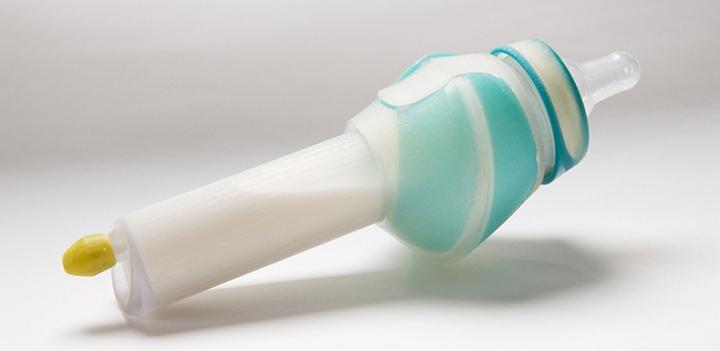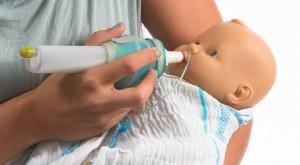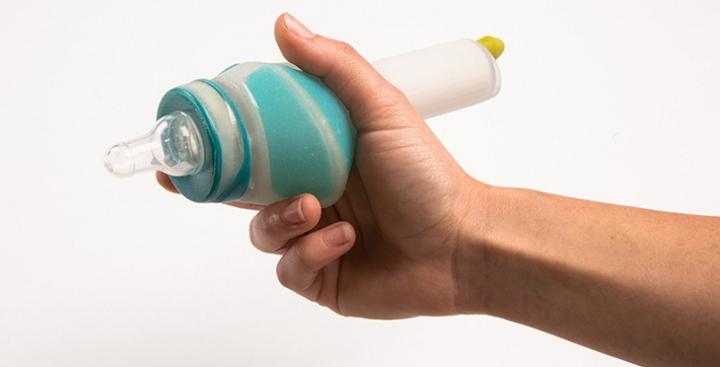 An estimated 15 million babies are born too early around the world each year – that’s more than 1 in 10 of the total number of babies born. Nearly a million of those children die each year due to complications of their preterm birth, and many of those who survive will face a lifetime of learning disabilities or visual and hearing problems.
An estimated 15 million babies are born too early around the world each year – that’s more than 1 in 10 of the total number of babies born. Nearly a million of those children die each year due to complications of their preterm birth, and many of those who survive will face a lifetime of learning disabilities or visual and hearing problems.
Scientists say those early births have a variety of causes from increased maternal age, increases in the rate of pregnancy-related complications such as gestational diabetes or a more common use of infertility treatments.
As a result, premature birth is now the single biggest killer of young children due to complications of preterm birth, and most of those deaths happen in the developing world.
So Ravid Koriat Barkan, a recent graduate of the Bezalel Academy of Arts and Design in Jerusalem, decided she wanted to do something to help more babies stand a fighting chance when they’re born preterm.
Her interest also had a personal inspiration: a conversation with her sister-in-law where they discussed the challenges of nursing and pumping breast milk led Koriat to design a new style of feeding system for newborns and premature babies, the FEEDER.
The FEEDER system was specifically designed for newborns in neonatal intensive care units, and it was meant to streamline and improve breast milk collection, storage and delivery to the child.
 Koriat developed prototypes for the FEEDER, which was her final project in her Industrial Design studies, using Stratasys PolyJet multi-material 3D printing technology.
Koriat developed prototypes for the FEEDER, which was her final project in her Industrial Design studies, using Stratasys PolyJet multi-material 3D printing technology.
The bottle itself, which also serves as a syringe, lets caregivers make extremely accurate measurements of the amount of milk given to a premature baby, and that process is crucial to a baby’s development. The bottle, adapted for dual use, allows a parent or caregiver to manually feed the baby directly from the mother’s breast, or if necessary, by connecting it via a feeding tube directly into the baby’s stomach.
Koriat, working with her adviser, Professor Ido Bruno, asked Stratasys to 3D print components of the FEEDER system.
Although she had initially planned on pursuing a career in fashion design, Koriat switched to industrial design as she wanted to have a career “designing products that are meant to meet actual needs.”
To research each phase of her project, Koriat interviewed NICU parents, nurses and managers at a number of Israeli hospitals. Perhaps most critical to her study was her time spent at the Tel Aviv Sourasky Medical Center, one of top NICUs in the nation.
“The NICU is very advanced technologically, and sterility is critical,” Koriat told Stratasys. “ But I found there are lots of things there that need to be re-designed.”
 The final assembled FEEDER combines parts 3D printed in a combination of multiple colors and materials.
The final assembled FEEDER combines parts 3D printed in a combination of multiple colors and materials.
“I needed a lab and a technology that would allow me to 3D print a combination of all the materials in the same prototype. I wanted the resulting model to simulate not only my vision for the product (closest to the SolidWorks design in terms of appearance), but will also provide the right feeling while holding it,” Koriat says.
 Among the materials Koriat used were transparent VeroClear, rubber-like TangoPlus and combinations of Rigid Opaque colors in VeroCyan and VeroYellow.
Among the materials Koriat used were transparent VeroClear, rubber-like TangoPlus and combinations of Rigid Opaque colors in VeroCyan and VeroYellow.
“I decided to make the final product out of two different materials – one is rigid and transparent, and the other is a colorful photopolymer. The colorful pieces will be used for a comfortable grip on the places where the parent is holding the vessel while feeding the baby.”
Koriat says she’s proud of the design and hopes to see it used some day alongside equipment which already exists in hospital NICUs.
“From the very beginning of this project it was clear that I wanted to design a realistic product in order to ease its entry to the NICUs. My product is a life-saving concept, and I really want to see it in use as soon as possible,” Koriat told Stratasys.
What do you think about this high-tech baby bottle for preemies designed by student Ravid Koriat Barkan of the Bezalel Academy of Arts and Design in Jerusalem? Let us know in the FEEDER 3D Printed Baby Bottle forum thread on 3DPB.com.
Subscribe to Our Email Newsletter
Stay up-to-date on all the latest news from the 3D printing industry and receive information and offers from third party vendors.
You May Also Like
3D Printing News Briefs, April 13, 2024: Robotics, Orthotics, & Hypersonics
In 3D Printing News Briefs today, we’re focusing first on robotics, as Carnegie Mellon University’s new Robotics Innovation Center will house several community outreach programs, and Ugogo3D is now working...
Rail Giant Alstom Saves $15M with 3D Printing Automation Software 3D Spark
3D Spark has entered into a three-year deal with the rail giant Alstom. Alstom, a transport behemoth with annual revenues of $16 billion, specializes in the manufacture of trains, trams,...
Meltio Expands Global Reach with New Partnerships in the Americas and Europe
Spanish 3D printing manufacturer Meltio has expanded its sales network across the globe. With the addition of three new partners in the United States, Brazil, Argentina, and Italy, Meltio aims...
3D Printing Webinar and Event Roundup: April 7, 2024
Webinars and events in the 3D printing industry are picking back up this week! Sea-Air-Space is coming to Maryland, and SAE International is sponsoring a 3D Systems webinar about 3D...
































